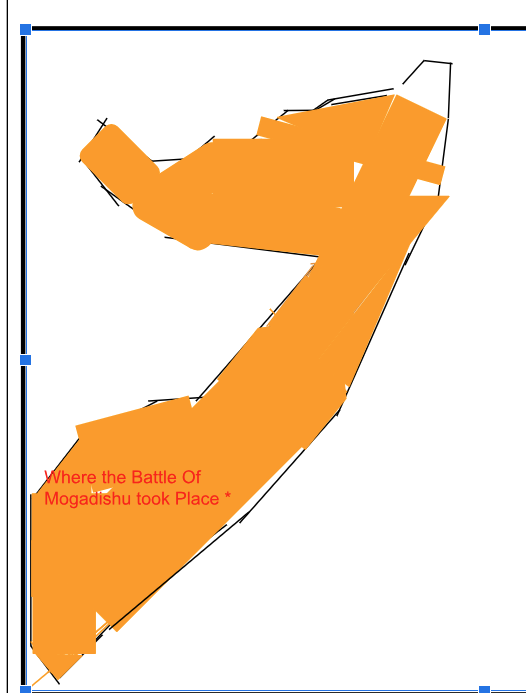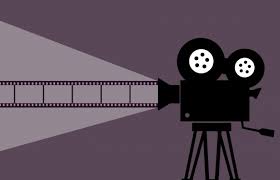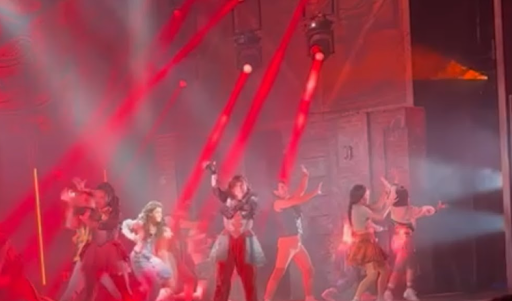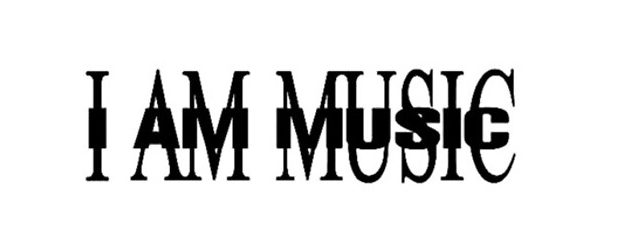A new docu-series, Surviving Black Hawk Down, has been added to the streaming service Netflix. This series, largely based on the novel by American journalist Mark Bowden and the 2001 movie Black Hawk Down, relies on Army Ranger accounts that describe their experiences in Somalia as a wake-up call for them.
The docu-series directed by Jack MacInnes focuses on Somalia in 1993, which required other countries’ help to combat famine and political upheaval at the time. It also shares stories from some of the Somalian people who were alive when the event happened, and how they felt and their perspectives were changed by people coming carrying gear and such onto their land.
One of the key components of the docu-series is the way in which the crew used slow panning, where it showed a slow deadpan across the screen, showing the sandy desert with what appeared to be a military plane landing. It also relied heavily upon some audio and clips that showed the dire situation that the nation had found itself in. Then the camera would switch to face an American, and would focus more on the facial expressions and how they spoke, something that did strike me as odd to see observed and taken advantage of by the crew filming. The shots from inside the Somali city were drastic and oddly horrifying to know that the housing could be so bad for Somalians, where it wouldn’t be described as much of a house from the cinematography that was presented throughout its 3 long episodes.
However, what struck me as more important in the docu-series is how the Somalian people are more fairly represented than they were in the 2001 movie, and therefore have deeper representation. I praise it as it sheds some light on some events that I did not know before. It is one of the best docuseries that I personally have watched yet because of this. Compared to the loud outrage and backlash that I have read regarding the 2001 film, there was minimal criticism of the docu-series. I credit Netflix for their amazing ability to do these docuseries and bring out this sort of energy that brings the stories of both sides to tell a complete story.
In writing about the 2001 movie, the acclaimed film critic, Roger Ebert (RogerEbert.com), wrote: “In my original review, I questioned the possibility of these eye-in-the-sky shots; countless readers told me they were based on fact and are described in Mark Bowden‘s book about the battle. His longest day begins with a briefing by Maj. Gen. William F. Garrison (Sam Shepard), who explains how intelligence has discovered the time and location of a meeting between the lieutenants of the warlord Mohamed Farrah Aidid. A taxi with a black cross on its roof will park next to the building to guide the airborne troops, who will drop down on ropes, be joined by ground forces, secure the building, and take prisoners. The problem with this plan, as Garrison discovers in steadily more discouraging feedback, is that the opposition is better armed.” The docu-series directly addresses the problems with the plan made for the operation by using a timeline to describe when events happen. Again, it also showcases the weapons used by those who fought in the battle and explains the statistics to show how badly outnumbered they were.
Netflix was able to bring light to something many had forgotten about or purely didn’t know about, and Jack MacInnes put so much time and dedication into making such a masterpiece. It truly did send audiences up waiting for a twist and whisked them back in time to witness a truly huge American event.







